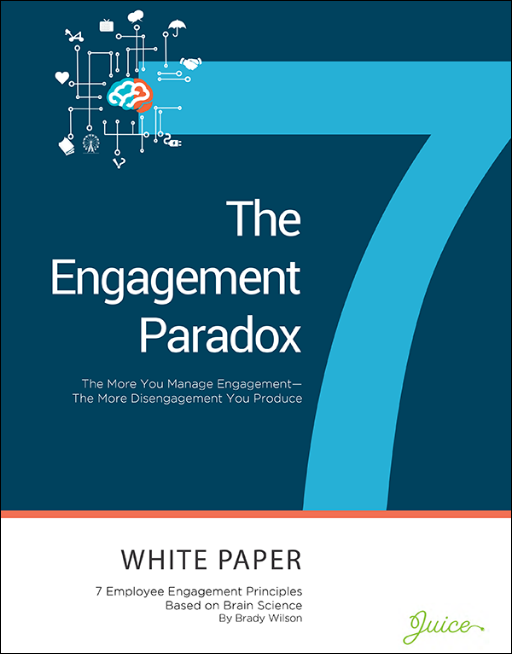
10 Critical Facts You Should Know About Employee Engagement
What are the monetary and personal costs of employee engagement?
1. Only a very small number of employees worldwide feel engaged. Just 13% of employees are engaged at work—that is, committed to their jobs and likely to be making positive contributions to their organizations. (Gallup)
2. Most organizations feel ill-equipped to deal with employees. 77% of companies worldwide do not feel they have the right human resources skills to address issues including retention and engagement. (Deloitte)
3. Very unhappy employees infuse negativity into the workplace. 63% of employees worldwide are “not engaged”—that is, they lack motivation and are less likely to invest discretionary effort. Moreover, 24% are “actively disengaged”—unhappy, unproductive, and likely to spread negativity to co-workers. (Gallup)
4. “Preventable turnover” is highly expensive. How much does preventable turnover cost employers? In Canada, the annual price tag for a business with 10,000 employees is $62 million; in the U.S., it’s a whopping $75 million. (Linkedin)
5. Engagement levels are higher in some business sectors. In a 2011 Canadian study, employees working in not-for-profit organizations were most engaged (72%). Employees working in government reported the lowest rate of engagement among co-workers. (Psychometrics)
6. Monkey may see, but not necessarily do. 77% of senior managers want to raise their level of employee engagement, but only 41% of them communicate personally with employees about plans and goals on a regular basis. (The Social Workplace / Chartered Institute of Public Relations)
7. Career stage makes a difference in engagement. Generations at the beginning and approaching the end of their careers tend to be more engaged than those in the middle of their careers. (Gallup)
8. Employees with post-secondary education are not necessarily happier. People with a college degree are less likely than less-educated people to report having a positive, engaging workplace experience (Gallup)
9. Relationships are critical to engagement. 84% of employees in the U.S. claim their relationship with their boss is the top determining factor for whether they try to move up in the company—or find work elsewhere. (National Business Research Institute)
10. Engaged workforces earn more—a lot more. If this stat doesn’t convince you to explore solutions to your employee engagement problem, nothing will: companies with engaged employees outperform those without by up to 202%. That is not a typo. (Dale Carnegie)

The Engagement Paradox
Our white paper, The Engagement Paradox, asserts something quite surprising to leaders: that while employee engagement is often the primary strategy leaders rely on to get employees to produce a great customer experience, it rarely delivers it. In fact, and paradoxically, employee engagement policies can actually lead to employee disengagement.
Read the white paper to learn about the seven leadership principles, based on brain science, that explain why achieving employee engagement is not enough. It provides links to case studies that demonstrate how organizations have made the shift to managing energy, not engagement—and are achieving superior outcomes as a result.
Your content is only one click away.
Thanks for your interest in our content. We hope you find value in the time you invest with it. Click the button below and get immediate access to this truly valuable content.
Complete the form below and get instant access to this game-changing content.
Rest assured, we take your privacy seriously and will never sell, trade, or share your information with a third party.
Ready to move Beyond Engagement?
Today’s employees are engaged, but exhausted. That makes it difficult to drive change and innovate. This program offers a simple and practical solution to help individuals and people leaders shift from managing engagement to unlocking energy.



